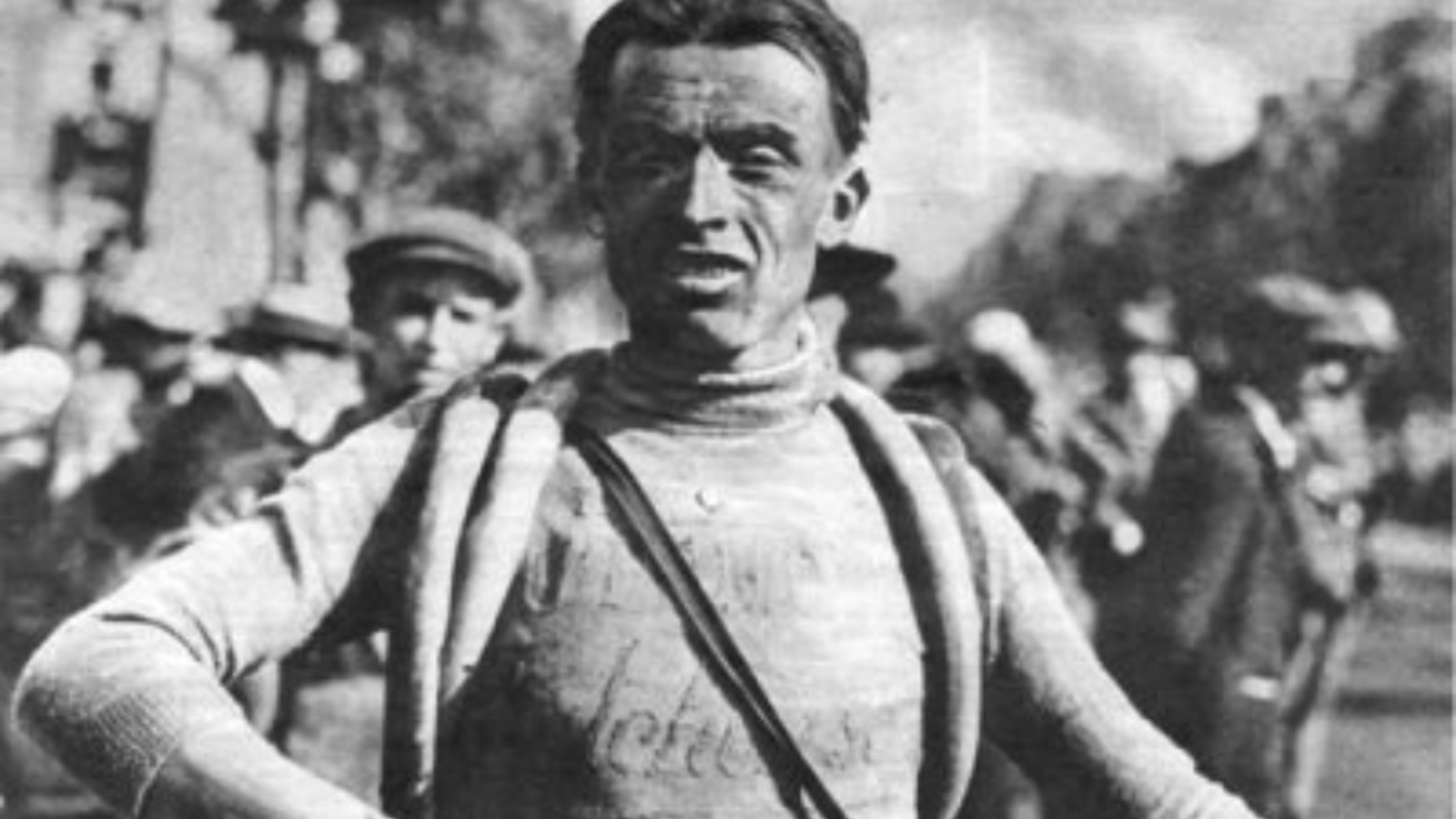It started with a new business opportunity. After the years of La Sportive consortium, the usual structure of sponsored teams returned to Tour de France in 1923. Automoto, the team of Pelissier brothers has some commercial interest in Italy, they were searching for more Italian cyclists in the team. They hired several riders, but only one of them arrived right in time for the start of Tour de France.
He was Ottavio Bottecchia, a " bricklayer of Friuli", as he would be dubbed later, a rider just turned pro one year earlier.
He knew only a few words in French: "No bananas, lots of coffee, thank you."1
But it wasn't the reason why he was almost sent back to Italy. Having only Italian cyclist in the team wouldn't have served the commercial purpose of the team sponsors. They would have either several Italian riders on no one. But at the end, Bottecchia was allowed to ride Tour de France.
And this was the start of a very short but spectacular career.
In the first stage of Tour de France 1923, Bottecchia finished second. He won the sprint in the second stage. This was not only his first stage victory, but
made him the first ever Italian wearer of the yellow jersey.
Later during this edition he lost his leading position, then he gained back. His team captain, Henri Pelissier took the lead only after winning the 10th stage in the Pyrenees. Bottecchia finished second in the general classification.
Next year Bottecchia was leading the race from the first to the last stage. In 1925, he won the race again. His last appearance at the Tour de France happened in 1926, but he had to abandon the race in the toughest Tour de France stage ever).
He was preparing for particiapation in June 1927, when he was so seriously beaten up, that he died few days later.
MORE ABOUT OTTAVIO BOTTECCHIA
MORE ABOUT TOUR DE FRANCE IN THE 1920S
- " Pas de bananes, beaucoup café, merci." Quoted by Pierre Chany in La fabuleuse historie du Tour de France [↩]
